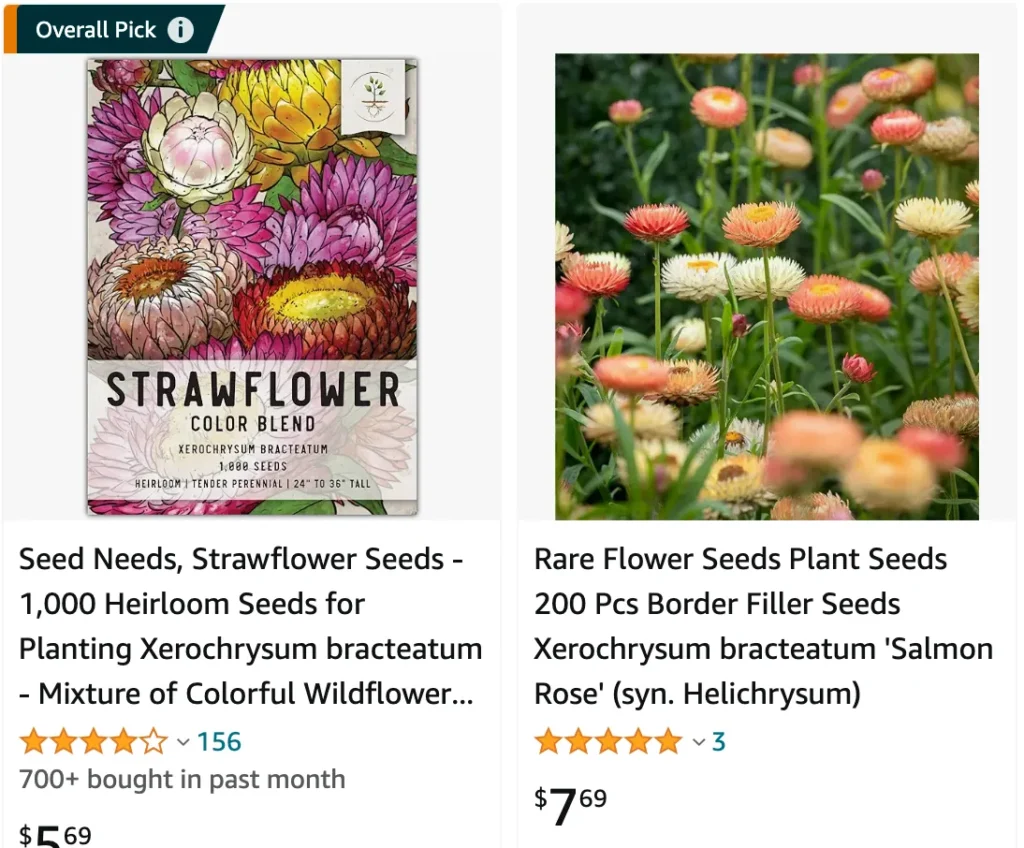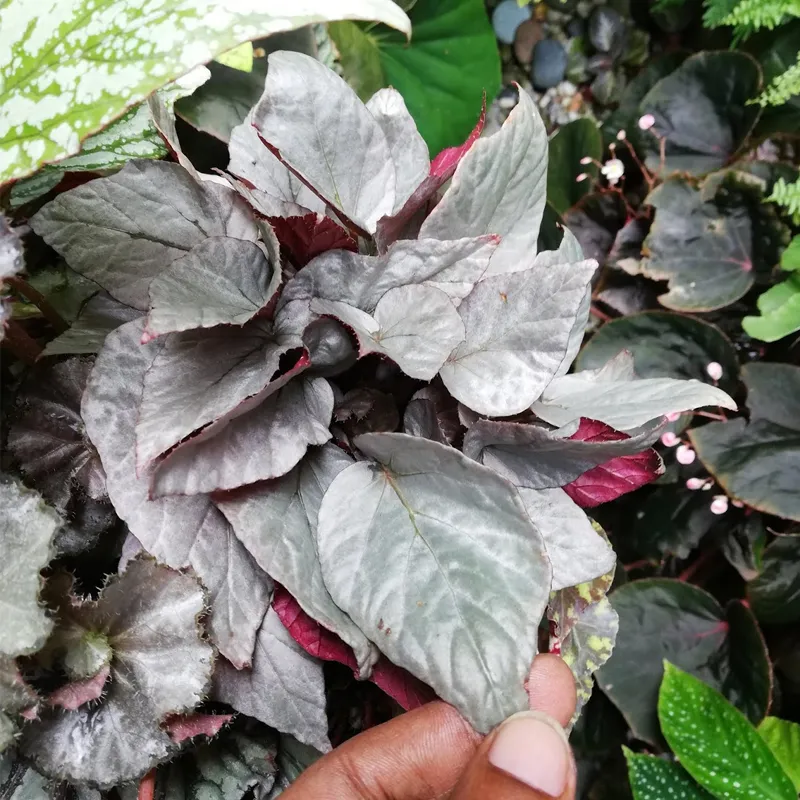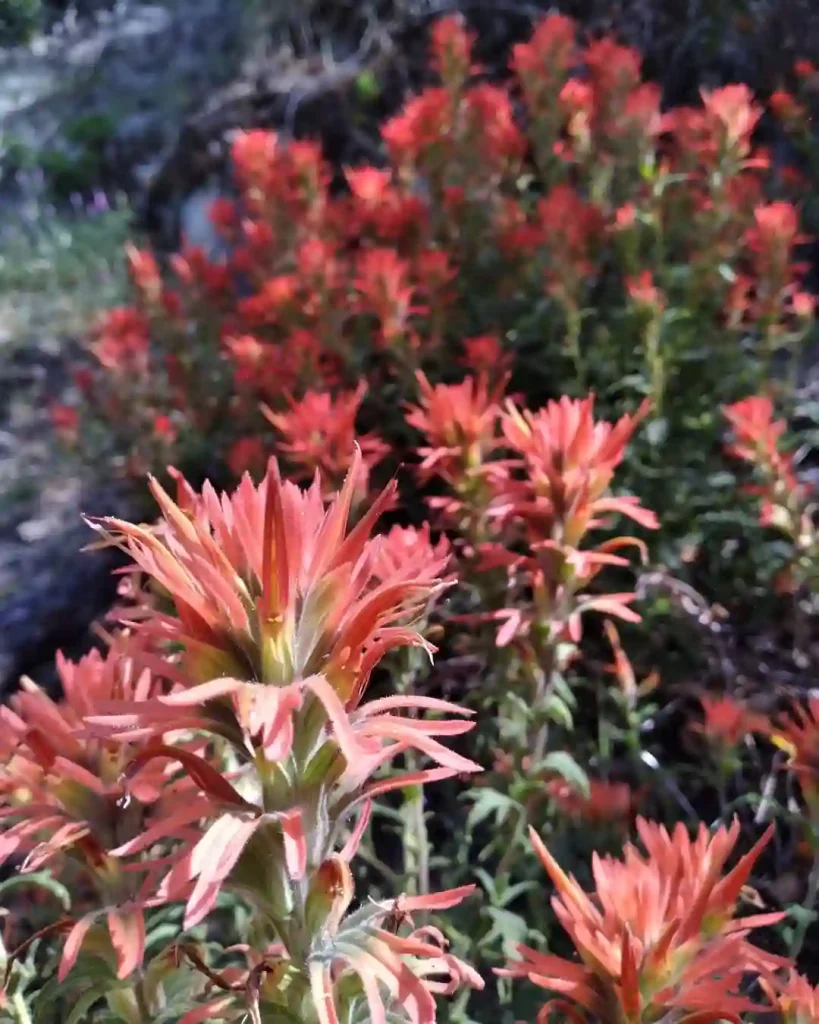
Xerochrysum Bracteatum: Golden Everlasting vs. Strawflower
Hi there, Ferb Vu here! Xerochrysum bracteatum, often called the golden everlasting or strawflower, is a captivating plant that has stolen the hearts of gardeners worldwide. With its vibrant blooms and remarkable drying ability, it’s no wonder this Aussie native has become a popular choice for gardens and floral arrangements.
Xerochrysum bracteatum is a flowering gem belonging to the Asteraceae family, the same family that sunflowers and daisies call home. It’s native to Australia, where it thrives in open grasslands bathed in sunlight.
The name Xerochrysum itself is a clever combination of Greek words: “xeros” meaning dry, and “chrysos” meaning gold. This aptly describes the plant’s golden blooms and its exceptional ability to retain its color and form even after drying.
Golden Everlasting vs. Strawflower
You might encounter Xerochrysum bracteatum under the name “strawflower.” While both names refer to the same plant, “golden everlasting” is a more descriptive term that captures its enduring nature.
The “strawflower” moniker likely arose from the flower’s papery texture and its suitability for dried arrangements. Regardless of the name you prefer, this versatile plant offers a delightful presence in both fresh and dried forms.
What Does Xerochrysum Bracteatum Look Like?
Imagine a burst of sunshine in flower form – that’s Xerochrysum bracteatum in a nutshell. Its most striking feature is the golden yellow, papery flower head, which resembles a daisy bloom. The center of the flower is typically a contrasting brown or orange, adding depth and character.
The foliage is slender and green, providing a backdrop for the vibrant blooms. Depending on the variety, the plant can grow anywhere from 6 inches to 3 feet tall, offering options for various garden designs.
Can I Grow Xerochrysum Bracteatum at Home?
Absolutely! Xerochrysum bracteatum is a relatively easy-to-care-for plant, making it ideal for beginner gardeners. Here’s what you need to know:
- Sunlight: This sun-worshipper thrives in full sun, so pick a location that receives at least 6-8 hours of direct sunlight daily.
- Soil: Well-draining soil is key. Amend your existing soil with sand or perlite if needed to ensure proper drainage.
- Watering: Water regularly, especially during hot and dry periods. However, avoid overwatering, as this can lead to root rot.
- Climate: Xerochrysum bracteatum is drought-tolerant and prefers warm climates. If you live in a region with harsh winters, you can grow it as an annual or bring it indoors for protection.
How Do I Care for Xerochrysum Bracteatum?
Once established, Xerochrysum bracteatum requires minimal care. Here are some additional tips:
- Fertilizer: Apply a balanced fertilizer sparingly during the growing season.
- Deadheading: Regularly remove spent flowers to encourage continuous blooming. Simply pinch off the flower head at the base of the stem.
- Pests and Diseases: Xerochrysum bracteatum is generally pest and disease resistant. However, keep an eye out for common garden insects like aphids and treat them organically if necessary.
How Do I Dry Xerochrysum Bracteatum Flowers?
One of the joys of Xerochrysum bracteatum is its ability to transform into everlasting blooms. Here’s how to dry them:
- Harvest the flowers just as they begin to open.
- Tie the stems together loosely with twine.
- Hang them upside down in a cool, dry, dark, and well-ventilated area.
- Allow them to dry for several weeks, until the flowers become papery to the touch.
- Once dry, you can use them in wreaths, potpourri, or any other dried flower arrangements.
Can I Grow Xerochrysum Bracteatum Indoors?
While primarily an outdoor plant, Xerochrysum bracteatum can be grown indoors in a sunny location. However, it might require more attention to ensure it receives enough sunlight.
Here are some pointers for indoor success:
- Place the plant near a south-facing window for maximum sunlight.
- Rotate the pot regularly to ensure even growth.
- Consider using a grow light to supplement natural light during winter when daylight hours dwindle.
Remember, proper ventilation is also crucial indoors. Avoid placing the plant too close to heating vents or drafty areas. With a little extra TLC, you can enjoy the golden glow of Xerochrysum bracteatum even inside your home.
If i die, water my plants!



